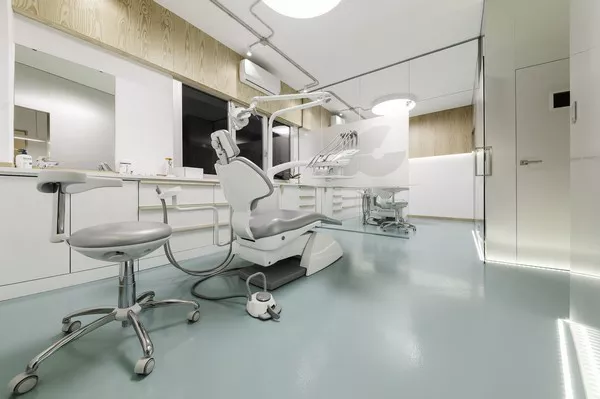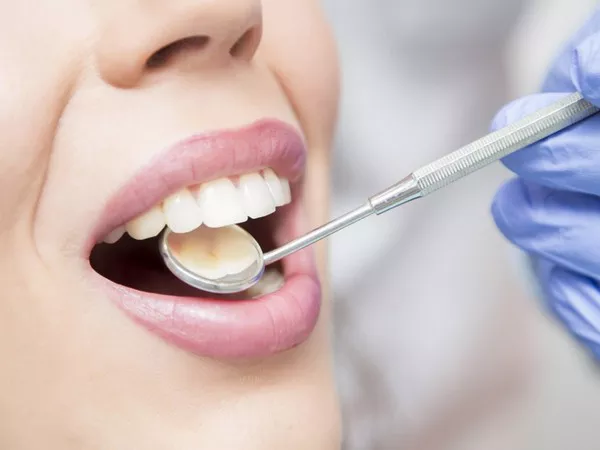Dental implants have revolutionized the field of dentistry, offering a long-lasting and natural solution for replacing missing teeth. However, understanding the recovery process after dental implant surgery is crucial for patients considering this treatment. In this comprehensive guide, we will explore the various aspects of post-implant surgery recovery, including the timeline, common experiences, and tips to ensure a smooth and successful healing process.
Understanding Dental Implants
Before delving into the recovery process, let’s briefly review what dental implants are and why they are a preferred option for tooth replacement:
What Are Dental Implants?
Dental implants are artificial tooth roots made of biocompatible materials, such as titanium. These implants are surgically placed into the jawbone to provide a stable foundation for replacement teeth, which can be crowns, bridges, or dentures.
Advantages of Dental Implants:
Natural Look and Feel: Dental implants closely mimic the appearance and function of natural teeth.
Durability: Implants are designed to be a long-term solution, often lasting a lifetime with proper care.
Improved Oral Health: Unlike traditional dentures, implants do not require the alteration of adjacent teeth, preserving overall oral health.
Enhanced Bite and Chewing: Implants restore full biting and chewing capabilities.
Now, let’s explore the recovery process after dental implant surgery.
Recovery Timeline
Recovery after dental implant surgery is a multi-phase process, with each phase having its own timeline and specific requirements. Here’s an overview of the typical recovery timeline:
Immediate Post-Surgery (Day 1-2):
Rest: Rest is crucial immediately after surgery to promote healing. Avoid strenuous activities.
Pain Management: Some discomfort is expected. Over-the-counter or prescribed pain medication can help.
Swelling and Bruising: Swelling and bruising around the surgical site are common and should subside within a few days.
Diet: Stick to soft, cold, and non-spicy foods to avoid irritating the surgical area.
Days 3-7:
Oral Hygiene: Gently rinse your mouth with a prescribed mouthwash and follow any oral hygiene instructions provided by your dentist.
Swelling Reduction: Swelling should begin to diminish.
Resume Normal Activities: You can gradually resume light activities, but avoid strenuous exercise.
Weeks 2-4:
Stitches Removal: If non-dissolvable sutures were used, they are typically removed during this period.
Soft Diet: Continue with a soft diet to prevent any disruption to the healing process.
Swelling Resolution: Swelling should be almost completely resolved by the end of the fourth week.
Normal Activities: You can return to your regular daily activities, but still avoid vigorous exercise.
Months 2-6:
Osseointegration: During this period, the dental implant fuses with the surrounding bone in a process called osseointegration.
Healing and Stability: The implant becomes more stable, and the healing process continues.
Prosthetic Attachment: Once the implant is fully integrated, the prosthetic tooth (crown, bridge, or denture) is attached.
Long-Term (Months 6+):
Final Prosthesis: The final prosthetic tooth is placed, completing the restoration.
Regular Check-Ups: Continue with regular dental check-ups and maintenance to ensure the longevity of your dental implant.
Common Post-Surgery Experiences
While the recovery timeline can vary from patient to patient, there are several common experiences during the recovery period:
Pain and Discomfort: Some degree of pain and discomfort is normal after surgery. Your dentist will prescribe appropriate pain medication to manage it.
Swelling and Bruising: Swelling and bruising around the surgical site are common in the immediate aftermath of surgery. Applying ice packs can help reduce swelling.
Dietary Restrictions: A soft diet is typically recommended in the initial weeks to avoid putting pressure on the implant site.
Oral Hygiene: Proper oral hygiene is essential to prevent infection and promote healing. Follow your dentist’s instructions for rinsing and cleaning.
Rest and Healing: Rest and adequate sleep are crucial for a speedy recovery. Avoid strenuous activities during the early stages of healing.
Tips for Smooth Recovery
To ensure a smooth and successful recovery after dental implant surgery, consider the following tips:
Follow Post-Operative Instructions: Adhere to all post-operative instructions provided by your dentist or oral surgeon.
Oral Hygiene: Maintain excellent oral hygiene to prevent infection. Use a prescribed mouthwash and a soft-bristle toothbrush.
Medication: Take any prescribed medications as directed, especially pain relievers and antibiotics.
Diet: Stick to a soft diet and avoid foods that are too hot, cold, or spicy. Opt for nutrient-rich, soft foods.
Avoid Smoking and Alcohol: Smoking and alcohol can hinder the healing process. It’s advisable to abstain during recovery.
Regular Check-Ups: Attend follow-up appointments with your dentist to monitor the progress of osseointegration and prosthetic placement.
Conclusion
Recovery after dental implant surgery is a well-structured process that involves different phases and timelines. While some discomfort and temporary dietary adjustments are expected, following your dentist’s guidance and maintaining good oral hygiene will contribute to a successful and long-lasting implant outcome. With proper care and patience, dental implants can provide a natural and functional solution for replacing missing teeth, enhancing your smile, and improving your overall quality of life.
Related Topics:




























